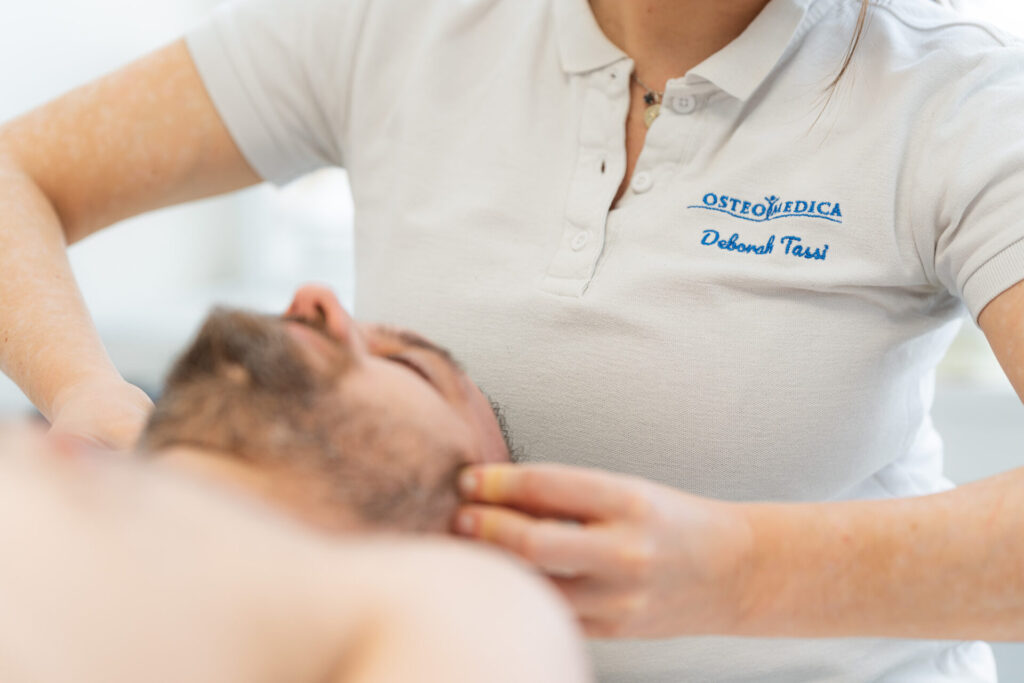
Headache
Facts
The headache can be a primary headache type (migraine, tension headache or cluster headache) or occur secondary to other conditions, e.g. fever, head injuries, bleeding in the brain if you have drunk too much alcohol
Symptoms can be oppressive, throbbing, chasing headaches of varying duration, which may accompanied by sensitivity to light and sound, as well as nausea and vomiting

Types of headache
- Chronic pain
- Tension headache – Chronic form of headache. Usually due to stress and psychological conditions, tight neck muscles Often occurs on both sides of the head and is described as squeezing, oppressive, pressing. It sits on the forehead, forehead or neck. Many have dizziness at the same time
- Migraine – Chronic form of headache. Attacks with usually one-sided headache, 1 in 4 have premonitions (aura). The attack lasts 4-72 hours, occurs at irregular intervals, provoking factors are common, is accompanied by hypersensitivity to light and sound or by nausea/vomiting. The pain often feels pulsating. During the attack, sound and light can be unpleasant, and the headache worsens with physical activity
- Cluster headache (Horton’s headache or cluster headache) – rare headache type and is very intense. The symptoms are severe with piercing and burning pains behind one eye. You may experience that your nose and eyes water. It is a difficult headache to treat
- Headache after head injury – For example, whiplash. Appears within a few days after a head injury and most often resembles a tension headache, but can have a migraine-like character. The acute form disappears within 3 months, if longer it is chronic. Symptoms such as headaches, reduced memory, difficulty concentrating and a tendency to get tired quickly
- Trigeminal neuralgia
- Medicine/drug related headache
- Subacute pain
- Acute sinusitis
- High blood pressure
- Brain tumor
- Inflammation of the temporal artery
- Acute headaches
- Febrile illnesses and infections
- Apoplexy and TCI
- Subarachnoid hemorrhage

Reasons
- Dysfunction of the jaw joint
- Headaches can be caused by drug-related side effects or withdrawal
- The eye muscles may become sore and lead to headaches
- Chronic sinus infections
- Trauma, such as whiplash or concussion and much more
- Hormonal changes, e.g. menstruation, ovulation or menopause
- Incorrect diet
- Stress
The treatment will consist of
- Examination of the skull, neck, shoulder, back, pelvis, hip, ankle and knee. What is most relevant to your case
- Work with the connective tissue, muscles and joints. This can reduce stiffness and mobility
- Improve circulation in the area
- Work with the spine and nervous system
- Mental relaxation to reduce the stress level in your body


